10 years ago today, Steve Jobs introduced the MacBook Air
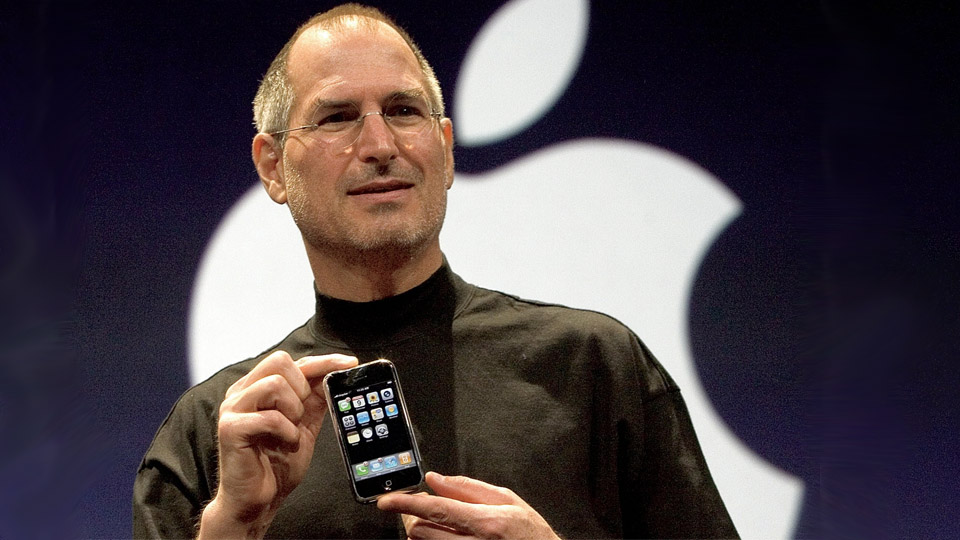
When Steve Jobs introduced the first MacBook Air, the ultra-light laptop came with many compromises in terms of power and ports. I bought one anyway, of course. So did many other writers, managers, travelers, and futurists.
It was glorious. And painful. I loved how light it was and easy to carry. That the ports folded down like the ramp on the Millennium Falcon was delightfully annoying. But it was slow and every once in a while I ended up with more stuff to plug in than places to plug it.
A couple of years later those compromises largely disappeared and it became not only the most flexible MacBook ever, but one of the most popular and least expensive. Oh, and every other vendor in the industry raced to copy it.
Since then, Apple has only given MacBook Air minor, manufacturing-necessitated updates and, absent a Retina display or updated chipsets, it's hard to believe the MacBook Air is long for this world. But it's equally uncertain what will replace it.
The current 12-inch MacBook seemed like the spiritual successor, especially when it came to power and port compromises in the name of accelerating the future into the present. But it faced a strong challenger in iPad Pro.
We're now almost four years post-12-inch MacBook, though, and while it's clearly helped mold the current generation of MacBook Pro, it hasn't really done much to pull the MacBook Air forward. iPad Pro, on the other hand, is racing.
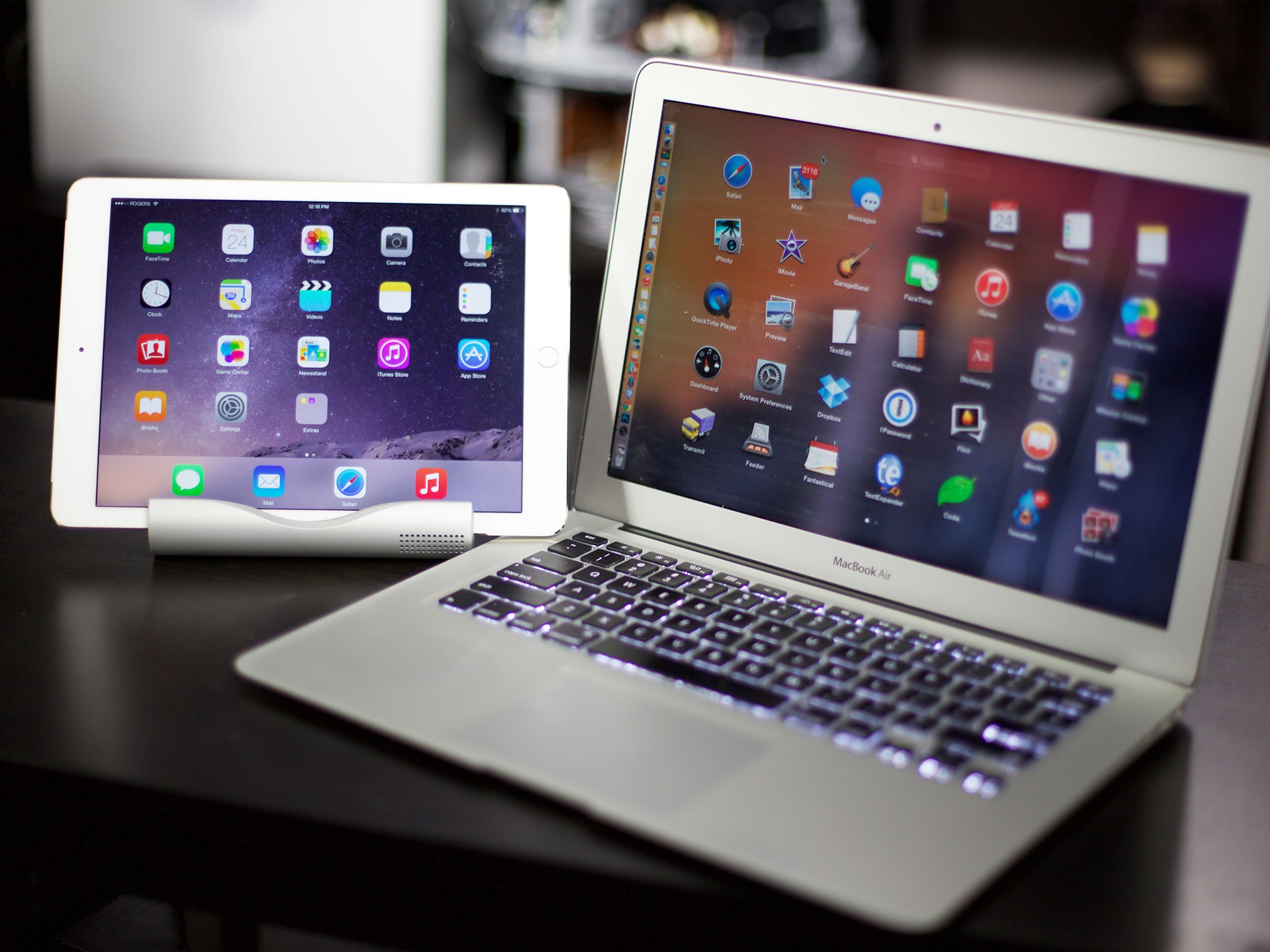
The current 12-inch MacBook is still constrained to one USB-C port. It's still throttled by Intel's Core M (no one is fooled by the new branding, Intel. No one.) And it's still expensive enough that Apple has to keep the venerable MacBook Air in the lineup.
iMore offers spot-on advice and guidance from our team of experts, with decades of Apple device experience to lean on. Learn more with iMore!
There's no official word yet on what 2018 might hold for Apple ultra-lights, but I know what I'd love to see: MacBook getting its wedge redesign moment. Keep the Retina display, of course, but make that USB-C also Thunderbolt 3 and put one on either side. Then toss a USB-A adapter in the box. (Being able to charge from either side is one of the biggest small wins of the higher-end new MacBook Pro design.)
And then figure out how to start moving it all down to the $999 price point. (Everything is easy when all you have to do is blog it and not actually engineer and sell it, right?)
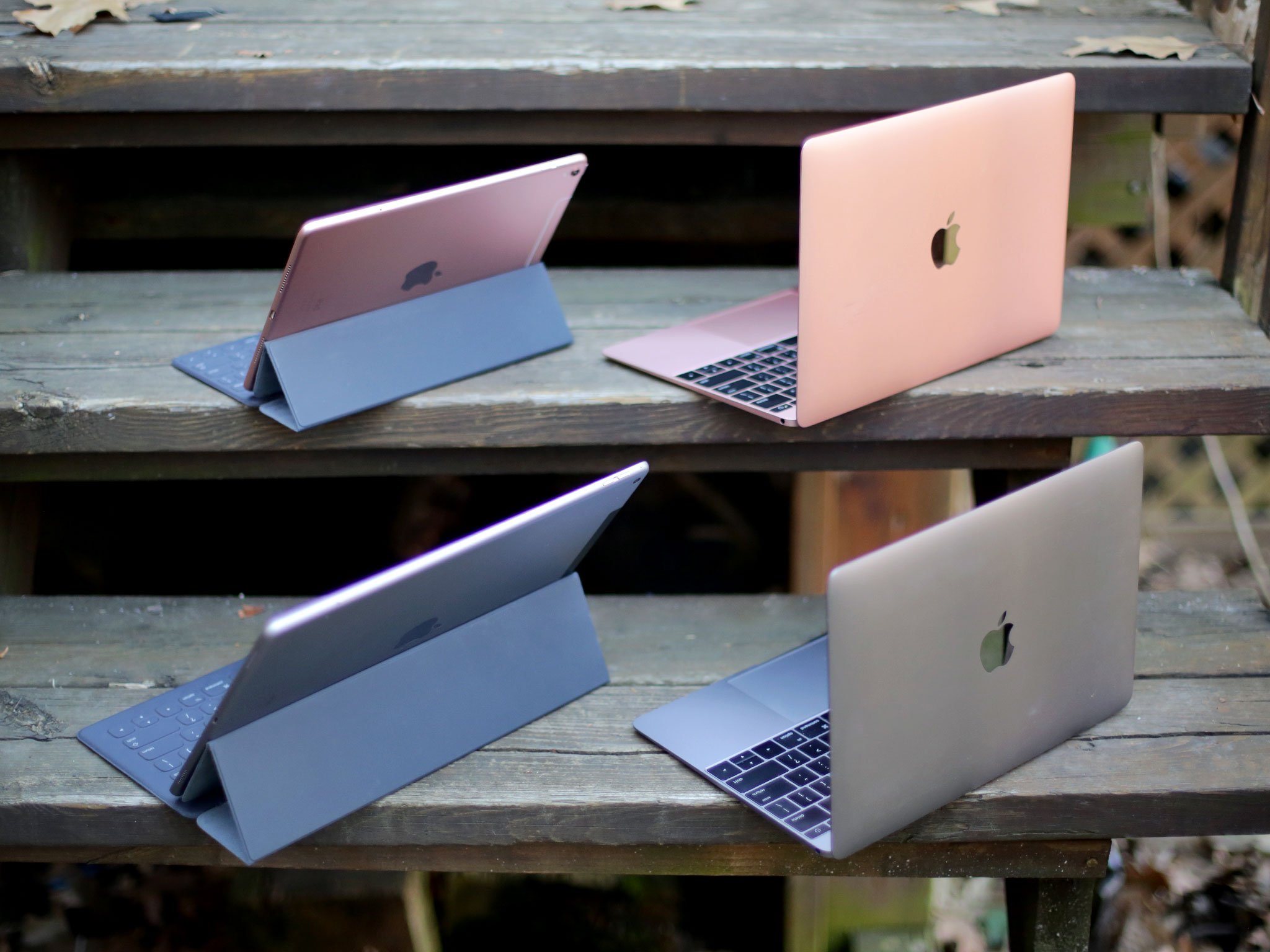
I'm not advocating for a clamshell that runs iOS on Apple's A-series ARM processors — though every time my MacBook sees my iPad Pro, I can hear Core M sobbing inside — since I'd rather see iPad continue to expand up than MacBook force its way down.
But I am advocating for a MacBook that's as cutting edge as an iPad in every way possible, including price.
I loved the magic of that moment when Steve Jobs pulled the original MacBook Air out of an envelope at Macworld 2008. But I loved the moment when Apple made it a compelling mainstream option in 2010. And now, I'd love to see Apple work that magic again.
Happy 10th birthday, MacBook Air!
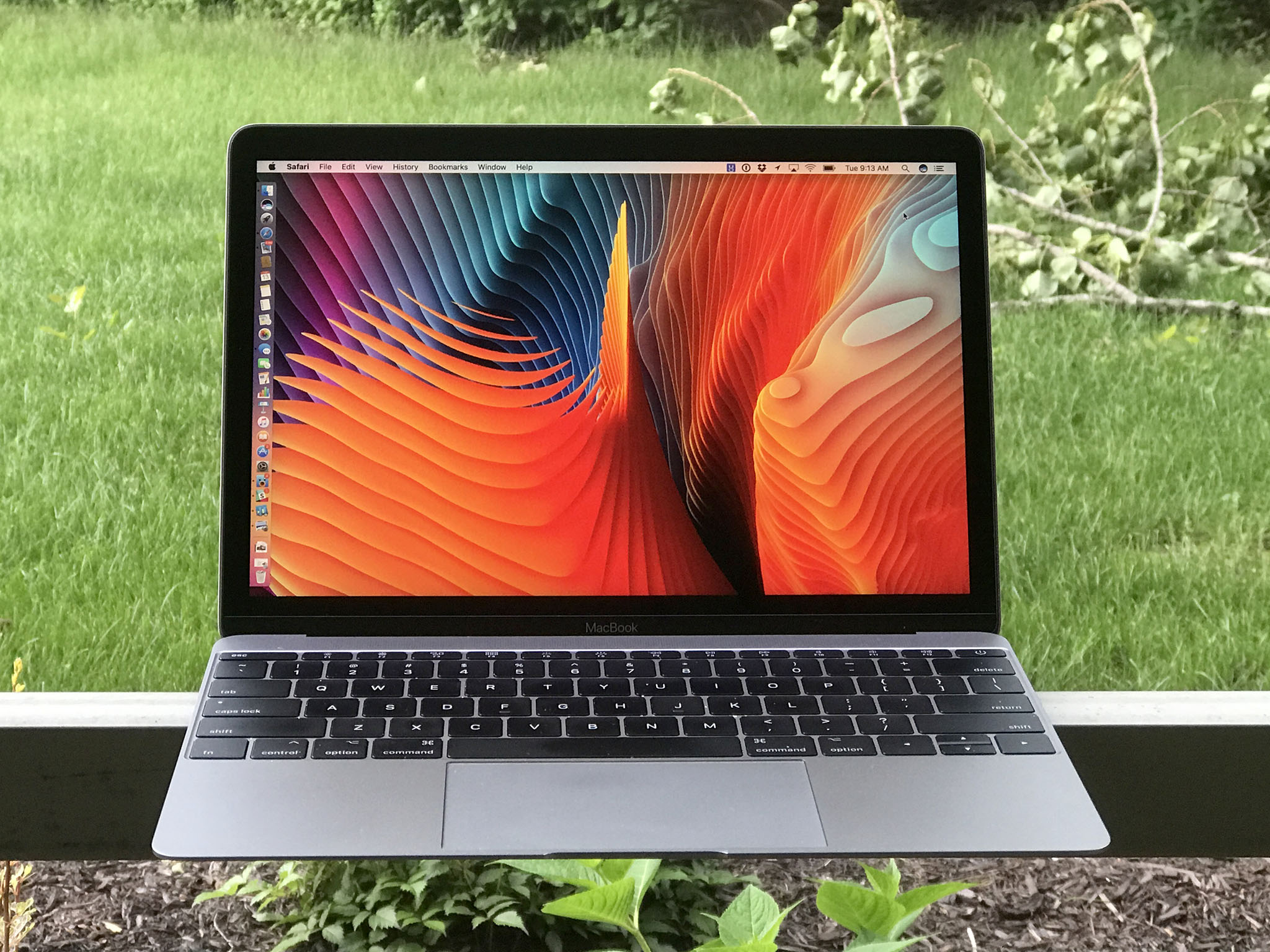
○ MacBook review
○ MacBook buyers guide
○ MacBook news
○ MacBook forums
○ Buy at Apple
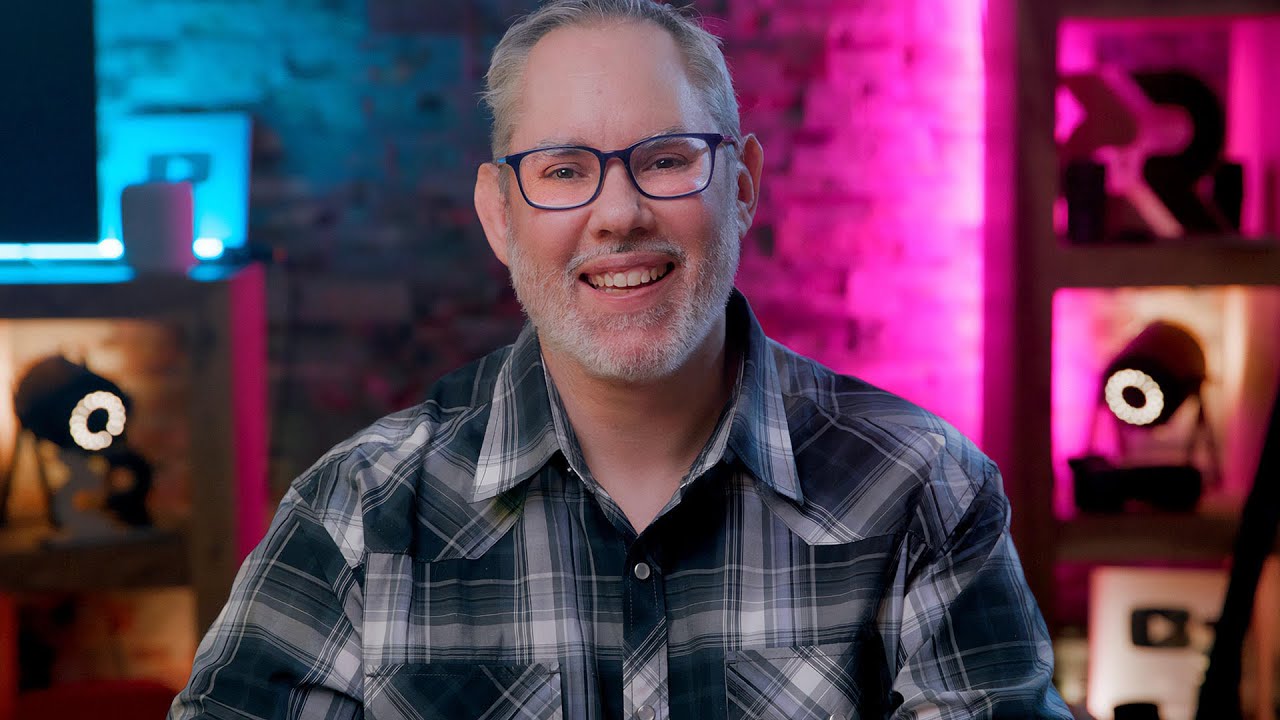
Rene Ritchie is one of the most respected Apple analysts in the business, reaching a combined audience of over 40 million readers a month. His YouTube channel, Vector, has over 90 thousand subscribers and 14 million views and his podcasts, including Debug, have been downloaded over 20 million times. He also regularly co-hosts MacBreak Weekly for the TWiT network and co-hosted CES Live! and Talk Mobile. Based in Montreal, Rene is a former director of product marketing, web developer, and graphic designer. He's authored several books and appeared on numerous television and radio segments to discuss Apple and the technology industry. When not working, he likes to cook, grapple, and spend time with his friends and family.
